25 November 2024
There's something magical about sunsets, isn’t there? When the sky paints itself in hues of amber, pink, and gold, it feels like the universe is hitting the pause button. But, beyond just witnessing the beauty of the sun dipping below the horizon, many cultures around the world have embraced this transition from day to night with beautiful, sometimes ancient, evening rituals. These "Sunset Ceremonies" offer more than just a reason to look at the sky – they serve as profound cultural markers, often rooted in spirituality, tradition, and community.
In this article, we’re going to dive into the fascinating world of sunset ceremonies across the globe. From the rhythmic clapping of hands in Japan to the soulful hymns sung along the River Ganges, let’s explore how different cultures celebrate this daily event with meaningful rituals.
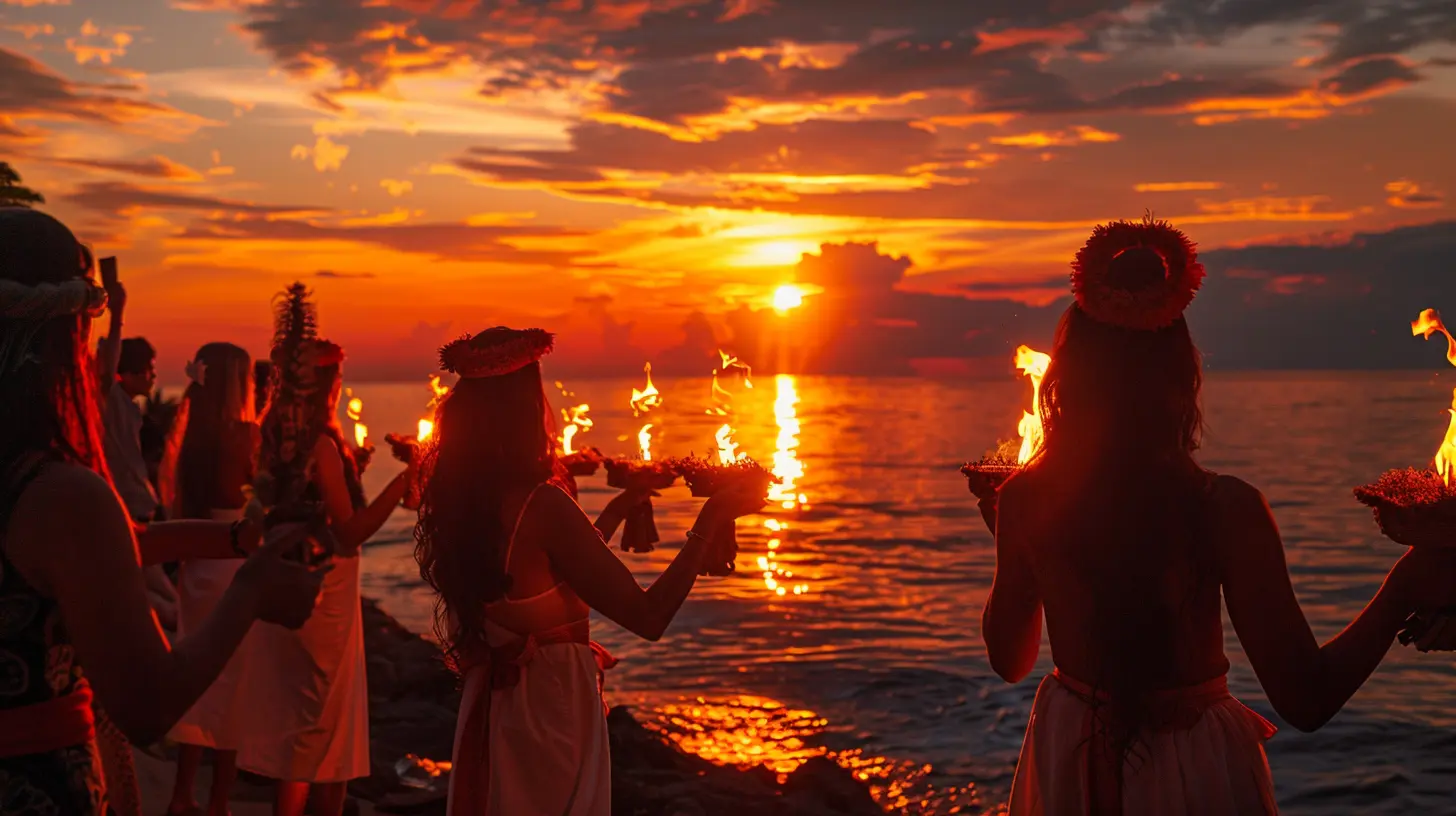
The Universal Significance of the Sunset
Before we get into specifics, it’s worth acknowledging why sunsets hold such universal appeal. Across cultures and continents, the setting sun has long symbolized the end of the day. In more ancient or spiritual contexts, it has often represented the passage of time, life cycles, and even the delicate balance between light and darkness. There’s a reason we instinctively stop to admire this daily phenomenon: it reminds us of our connection to nature and the larger cosmos.For many societies, sunset marks a liminal space—a mix between what’s ending (the day) and what’s beginning (the night). It's a moment for reflection, beauty, and often, ceremony.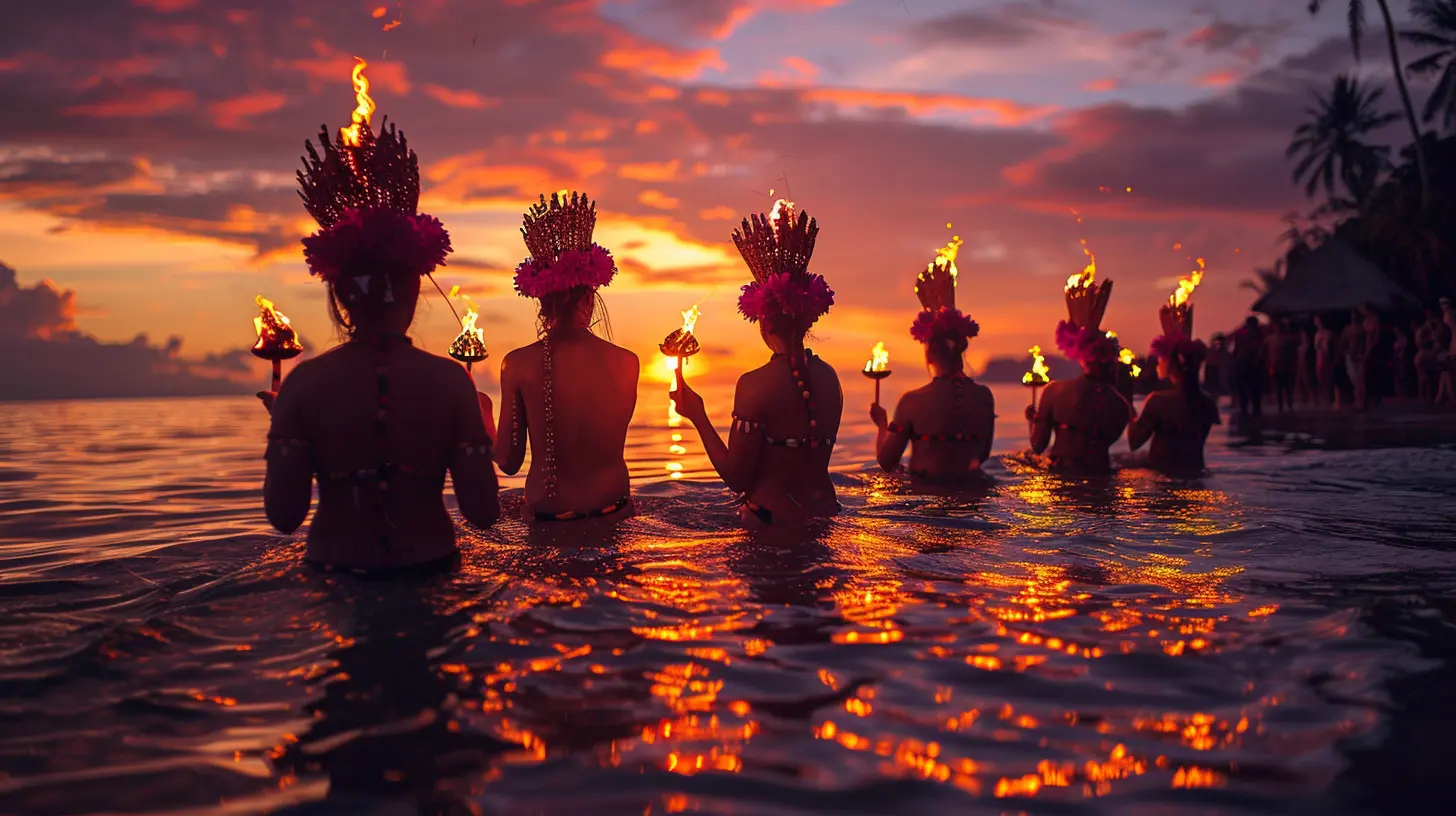
Japan: Oware No Te (The Clapping Ritual)
In Japan, the deep connection to nature is palpable in many cultural practices and traditions. One of the more understated yet meaningful sunset rituals is known as "Oware no te." This is a traditional clapping ceremony that’s performed when the sun sets, typically in rural villages. The act is simple: people gather, facing the setting sun, and clap their hands in unison as the last rays of daylight vanish.What’s the Significance?
In Japanese culture, this applause acknowledges the completion of the day. It’s akin to giving thanks—not just for the day's work but for the natural world itself. The sound of clapping is believed to awaken the deities and connect humans to divine forces.Clapping, known as “Teuchi,” also has wide spiritual significance in Japan, appearing in rituals related to purification and shrine visits. When performed at sunset, the simple act becomes a shared, sacred experience of gratitude and connection to the natural cycle.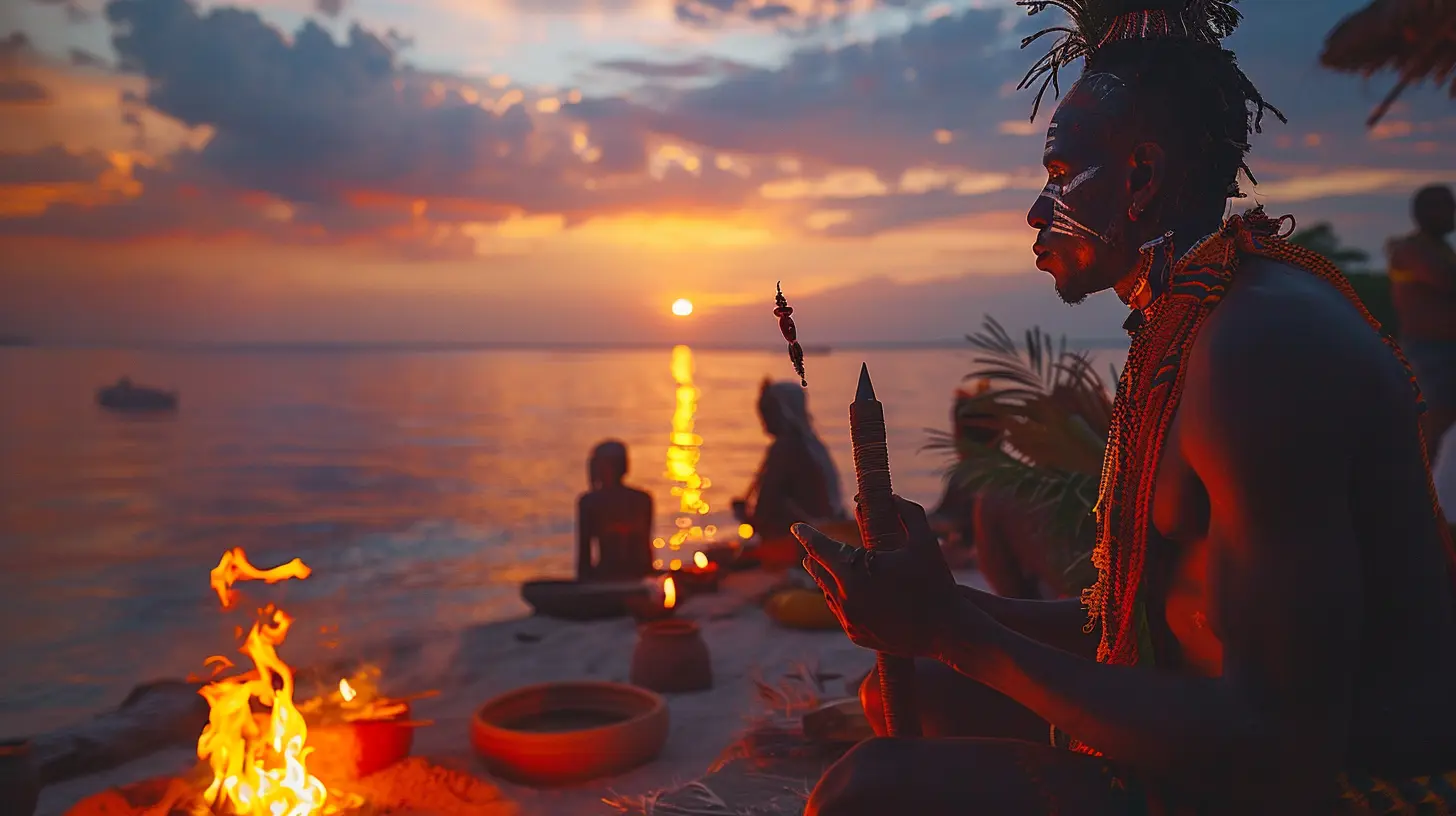
India: Ganga Aarti – A Spiritual Offering to the Setting Sun
Perhaps one of the most visually stunning sunset ceremonies in the world, the Ganga Aarti is a deeply spiritual ritual performed every evening along the banks of the River Ganges, particularly in the holy city of Varanasi. As the sun dips below the horizon, priests (called pandits) dressed in saffron robes perform the ceremony with intricate gestures, prayers, and offerings to Mother Ganga and the Sun God.What Happens During the Ganga Aarti?
During the ceremony, oil lamps, flowers, and incense are offered to the river while devotional hymns fill the air. The priests wave large flaming lamps in circular motions, performing synchronized movements that are believed to purify both the spiritual and physical world.The ceremony culminates with the release of small lamps made of leaves and flowers onto the river, symbolizing the sending of prayers and hopes to the heavens. The entire experience is truly mesmerizing—visual, auditory, and emotional. If you ever get the chance to experience it, you’ll understand why it’s so revered.
Why Does It Matter?
The Ganga Aarti serves as a moment of collective meditation and reverence. It's a prayer not just for the individual but for the well-being of the world. As day transitions into night, the ceremony helps bridge the earthly and the divine, the human and the cosmic.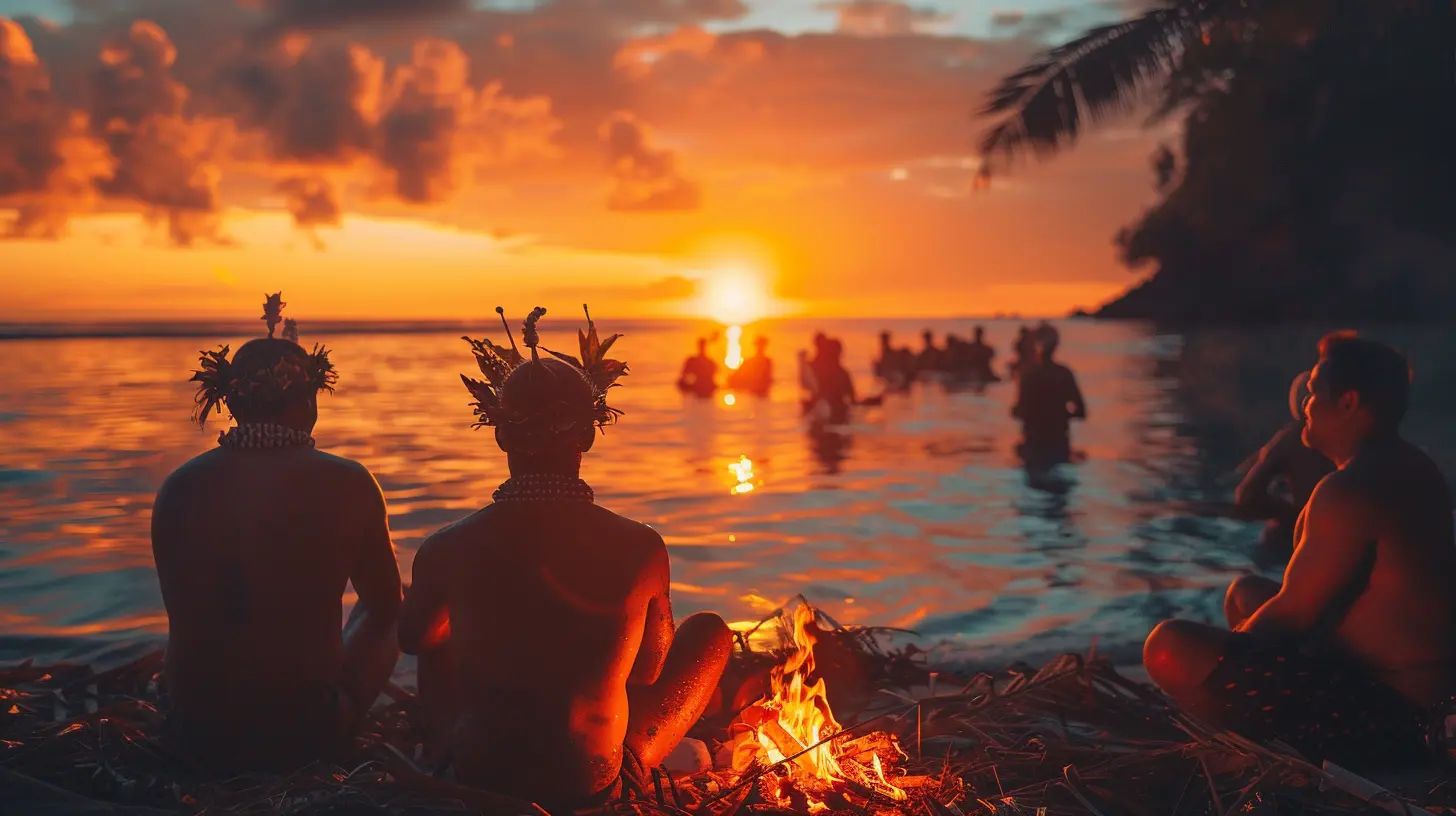
Bali, Indonesia: The Kecak Dance – A Sunset Ritual Performance
If you're looking for a more theatrical take on sunset ceremonies, look no further than the Kecak Dance in Bali, Indonesia. This traditional Balinese dance, also referred to as the "monkey chant," is often performed at dusk against the backdrop of an awe-inspiring sunset, most famously near the Uluwatu Temple on a cliff overlooking the ocean.What’s the Dance About?
The Kecak Dance reenacts episodes from the ancient Hindu epic, the Ramayana. A large group of male performers, seated in concentric circles, chant "cak" rhythmically while dancers act out the story of Prince Rama, Princess Sita, and the monkey god Hanuman. The fiery blazes, combined with the setting sun, create a truly dramatic atmosphere.Why Perform It at Sunset?
The timing of the performance is no accident. The sunset amplifies the mysticism of the dance, making the transition into the dark night feel otherworldly. For many in Bali, the Kecak Dance serves not only as entertainment but as a spiritual reminder of the eternal battle between good and evil.Kenya: The Maasai Sunset Dance – A Celebration of Life
In Kenya, the Maasai people are known for their unique customs and vibrant traditions. Their sunset ceremony, though less formalized than the others we've covered, is equally beautiful in its simplicity. The Maasai often perform a ceremonial dance at sunset, primarily during communal events like weddings, coming-of-age ceremonies, or the end of a long day of herding cattle.What’s the Meaning Behind It?
For the Maasai, the setting sun signifies the close of another day of survival and labor in the harsh yet beautiful environment of the savannah. The sunset dance is their way of giving thanks to nature for providing life-sustaining resources throughout the day. It is also a moment for community bonding, where young warriors show off their strength and endurance.While their sunset ceremony might seem informal compared to others, it carries deep meaning and emphasizes the Maasai's intrinsic connection to the rhythms of the Earth.
Morocco: Breaking of the Fast during Ramadan
In Morocco, and many other Islamic cultures, the sunset gains special significance during the holy month of Ramadan. For thirty days, Muslims fast from dawn to dusk, refraining not just from food but also water, in a spiritual practice of discipline and devotion.What Happens at Sunset?
When the call to prayer (adhan) rings out across the city at sunset, signaling the end of fasting for the day, it triggers a deeply spiritual moment known as Iftar. Across homes, mosques, and community spaces, families gather to break their fast together, beginning with dates and water, as the Prophet Muhammad traditionally did.The Deeper Meaning
The setting sun marks the rewarding culmination of a day of sacrifice. It’s a moment of gratitude and relief, but also of community, as countless people come together in a shared spiritual experience.Hawaii: The Sunset Torch Lighting Ceremony on the Beaches of Waikiki
For a more modern twist on sunset ceremonies, let’s jet over to Hawaii, where every evening on the beaches of Waikiki, there's a torch-lighting ceremony that harks back to ancient Polynesian traditions. As the sun starts to retreat into the horizon, Hawaiian men dressed in traditional garb light torches along the beach, accompanied by the melodic sounds of drums and chants.Why a Torch Lighting Ceremony?
In Hawaiian culture, fire represents both life and transformation. By lighting the torches at sunset, it symbolizes the transition from day to night, from the physical world to the spiritual world. It's also a way to honor the ancestors and the island’s rich cultural heritage. Today, while many visitors enjoy the torch-lighting ceremony as a spectacle, its roots go deep into Hawaii’s respect for nature and the elements.How Sunset Ceremonies Unite Us
There’s something universally grounding about sunset rituals. Whether you’re seated on the steps by the Ganges, watching the Kecak Dance in Bali, or simply clapping hands in rural Japan, these ceremonies bring people together—whether to reflect, to celebrate, or to give thanks.Sunsets themselves are universal, but how we celebrate them varies magnificently from culture to culture. What’s poignant is that, no matter where we are on the planet, the setting of the sun is one of those rare moments that can pull us out of our busy lives and make us feel connected—to the earth, to our communities, and perhaps even to something greater.
So, next time you find yourself watching the sun set, take a moment to think about how others, halfway across the world, might be honoring it, too. And maybe, just maybe, create your own little sunset ritual right where you are.

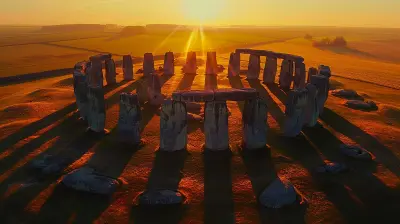
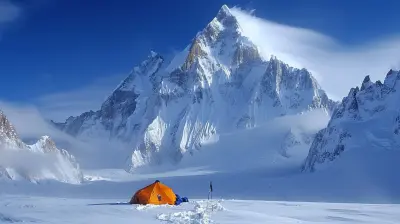




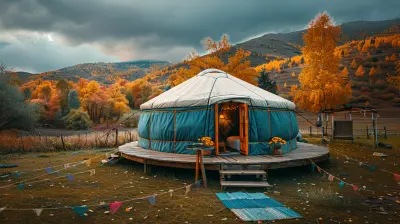

Lark Warren
This article beautifully highlights the rich tapestry of sunset ceremonies across cultures, showcasing how these rituals unite communities and celebrate nature’s timeless beauty.
February 3, 2025 at 4:10 AM